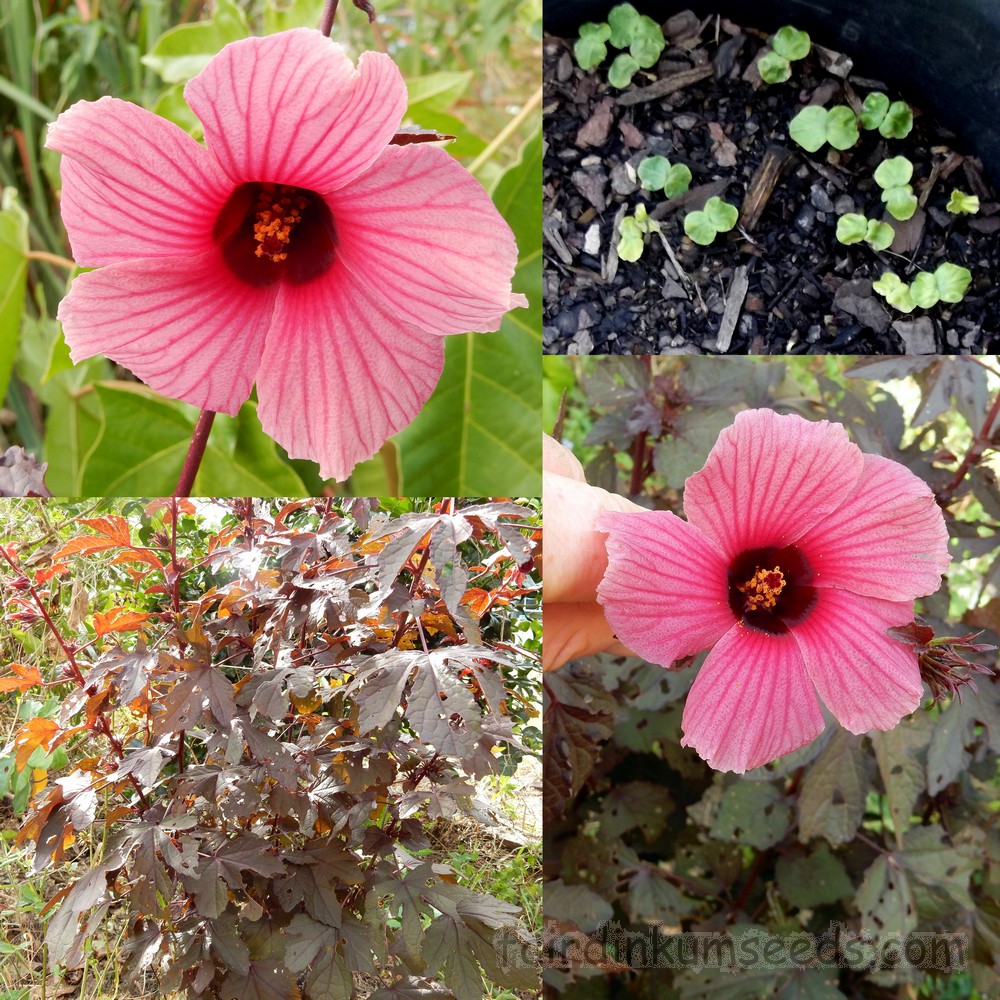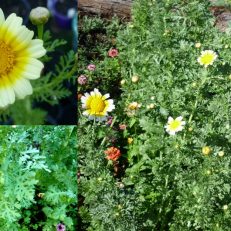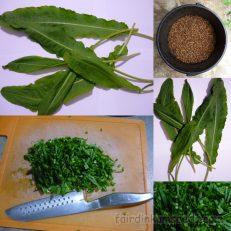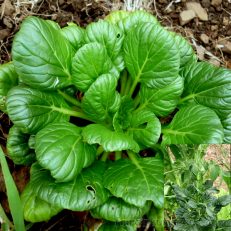Please read text!
Hibiscus Acetosella Cranberry Hibiscus Maroon Seeds
Packet of 50+ organically grown seeds!
Another beautiful and tasty hibiscus species, this time with purple leaves and maroon flowers.
Very high in protein and vitamins, especially C, B3, B2, and A.
It also contains huge amounts of antioxidants and anthocyanins which are a special group of chemicals that change colour dependant on pH.
Both of these groups of naturally occurring chemicals are said to be “anti-cancer”, or “cancer prevention agents” by some folks, just “hippy woo”, and “unverified, unscientific nonsense” by others.
Me personally, I really like pretty colours and reckon variety of diet has got to be a good thing, if not for health just for quality of life.
It’s reckon it’s fun trying new things!
Grown all over the world as a leafy green vegetable(well in this case a leafy red/rose/maroon/purple) much the same as with Kenaf, except said to be tastier and valued higher in some markets.
It is less mucilaginous and slimy that many other more common Hibiscus Species, and it hold its colour when cooked.
As so many places grow it as a major staple, it has a heap of different common names.
African red mallow, African rose-mallow, African rose mallow, African rosemallow, akese, azedas, bronze hibiscus, cranberry hibiscus, false roselle, fausse oseille de guinee, fausse oseille de guinée, fausse roselle, Florida cranberry, gamet, kangao, kololwe, limanda, lumaka, lumanda, malvarosa africana, maroon mallow, musaayi, red-leafed hibiscus, red-leaf hibiscus, red-leaf hibiscus, red-leaved hibiscus, red leaved hibiscus, red shield, red shield hibiscus, sougri angangba, thelele yeni-yeni, tongao, use-ua-ngojo, and sometimes even by the synoum Hibiscus eetveldianus.
Originally from Africa, it is thought that it was a natural hybrid Hibiscus surattensis and Hibiscus asper, which was then domesticated in the Angola, Congo, Zambia region where it is still cultivated as a major food crop today.
It is valued in traditional medicine for the treatment and prevention of abscess, anemia, conjunctivitis, diabetes, dysentery, fever, fungal infection, headache, heart conditions, hemorrhoids, infection, inflammation, menstrual disorders, nervous conditions, rheumatism, ringworm, scurvy, sores, tumors and it is also considered to be a diuretic, sedative, intestinal antiseptic, lactation stimulating herb.
Lots of folks just grow it as an ornamental for that it’s great too!





